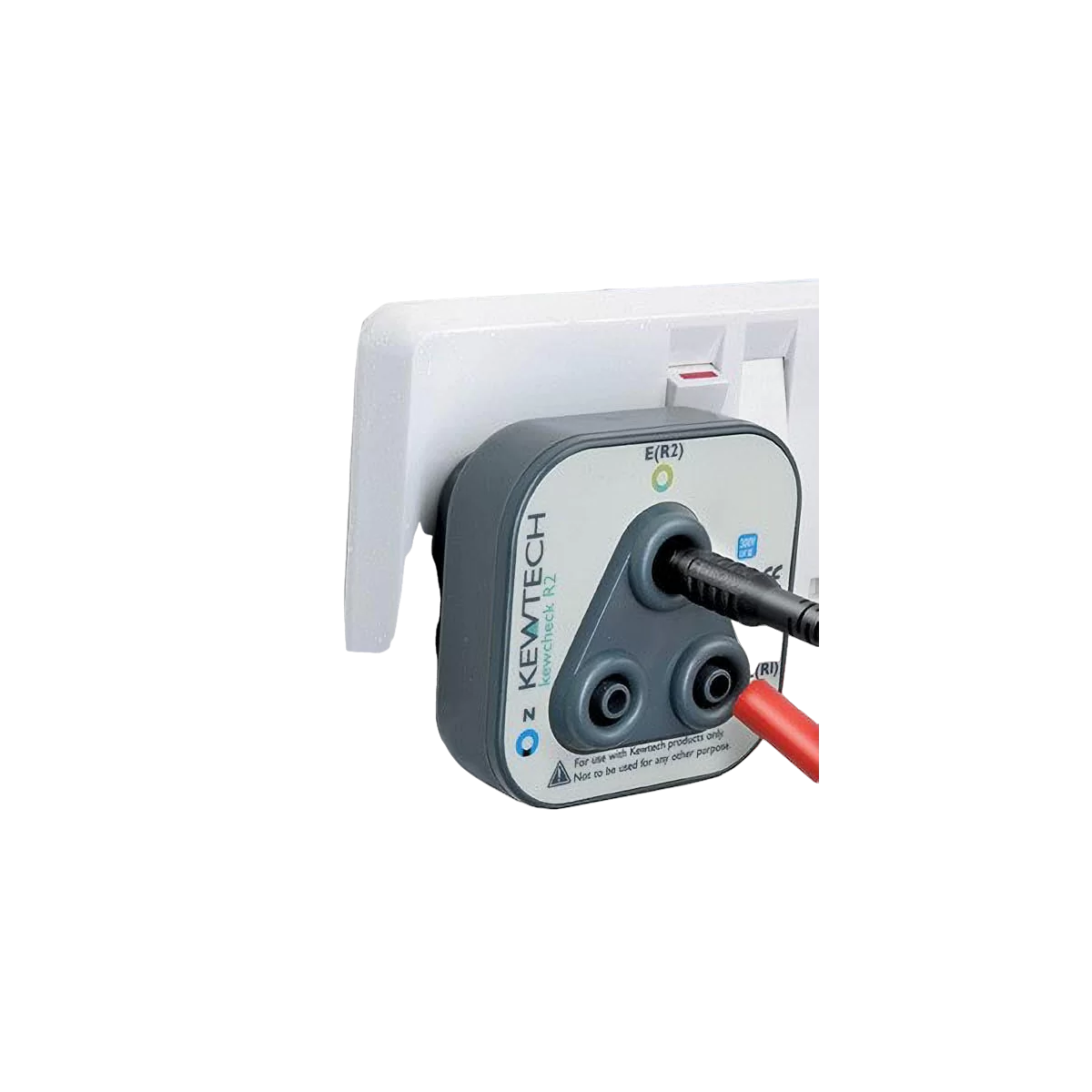DBK
LIFE MEMBER
In this thread I described fitting a budget inverter:

 www.motorhomefun.co.uk
www.motorhomefun.co.uk
The inverter works fine and hasn't destroyed anything plugged into it so far. But I was never sure if it really did produce the "pure sine wave" it claimed.
Until today.
I recently bought a small LCD oscilloscope to check the output of a radio I had built. Sadly, it couldn't reliably measure RF frequencies, I think there is an intermittent fault in the probe, but it will measure lower frequencies so I tried it on the inverter in the 'van.

It is saying the peak voltage is 344 which if it is a sine wave works out at 243 volts rms - a little high but I dont know how accurate it is.
But the main point is the waveform looks smooth which is reassuring and I needed be worried about what I plug into it.
I'm returning the 'scope and probably won' t buy another as I've got my radio working now - but it was useful for checking the inverter.

Fitting a 1500W Inverter
In this thread I asked for comments on a 1500W pure sign inverter. As the comments were favourable I went ahead and ordered one. :) https://www.motorhomefun.co.uk/forum/threads/thoughts-on-this-inverter.155627/ When it arrived I tried it for size in my chosen spot in the PVC. This is very...
The inverter works fine and hasn't destroyed anything plugged into it so far. But I was never sure if it really did produce the "pure sine wave" it claimed.
Until today.
I recently bought a small LCD oscilloscope to check the output of a radio I had built. Sadly, it couldn't reliably measure RF frequencies, I think there is an intermittent fault in the probe, but it will measure lower frequencies so I tried it on the inverter in the 'van.
It is saying the peak voltage is 344 which if it is a sine wave works out at 243 volts rms - a little high but I dont know how accurate it is.
But the main point is the waveform looks smooth which is reassuring and I needed be worried about what I plug into it.
I'm returning the 'scope and probably won' t buy another as I've got my radio working now - but it was useful for checking the inverter.



